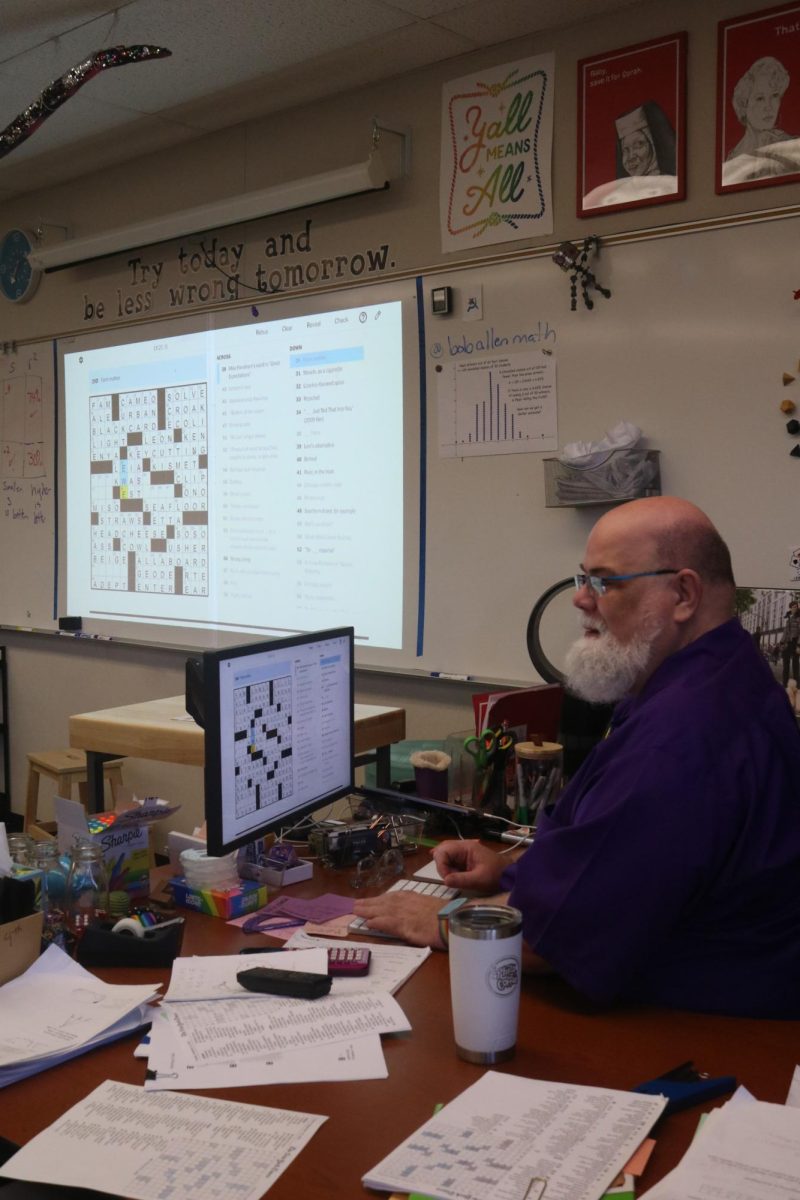This year, Cal High has replaced its old tutorial/student support system with the new responsive scheduler.
Previously, students were free to stay in their first or second period classes during tutorial or, if needed, get a paper pass to go to another classroom. Now, students must sign up online through Infinite Campus for their tutorial classes days in advance.
This schedule method has been used for years by district middle schools and some high schools. But responsive scheduler presents a range of problems.
The most obvious problem is the sheer inconvenience of using responsive scheduler. Many students have attested to the hassle that is signing up for classes, memorizing where to go and then moving to those classrooms.
Signing up is especially a pain because unlike middle schools, which have about 30 teachers, Cal has more than triple that number. This means students must scroll through more than 100 possible options before making their selections.
The deadline for signing up also seems unnecessarily rigid. Infinite Campus updates in real time, so there is no reason to make students choose their tutorials by Sunday for the coming week.
Students who run into unexpected trouble could find themselves stuck with choices they made several days before.
Moving from one class to another is also an unnecessary inconvenience. In the old system, students who did not need extra help could stay in their classes and avoid the hassle of having to move around.
But now, even those who try to stay in their classes may not be able to because the number of students allowed in each classroom is limited, and popular teachers tend to fill up fast.
The new schedule also causes difficulties for student organizations, such as yearbook, leadership and newspaper. While students could often use tutorial as a time to interview students and take photos, the responsive scheduling system makes it extremely difficult to track down specific students.
Contrary to what it set out to do, the new system does nothing to improve student productivity, as those who wanted help would have used tutorial passes.
That being said, responsive scheduler does make it easier for students to move to other classes. But most students don’t actually need frequent assistance.
In fact, students had more mobility under the old system. Previously, students could request to go to a different class for help and have the request approved on the same day. And those who didn’t need help didn’t have to worry about signing up and moving around.
A tutorial system is supposed to be a flexible system, made to respond to students’ ever-changing needs.
This was a strength of the old system, being highly responsive and adaptive.
Instead of providing students with an opportunity for timely assistance, the new system forces students to make decisions not based on what they need but what they predict they will need.
Whereas the old system could bend to fit students’ individual needs, this new system requires students to bend to its needs.
And so it seems responsive scheduler may not be so responsive after all.


